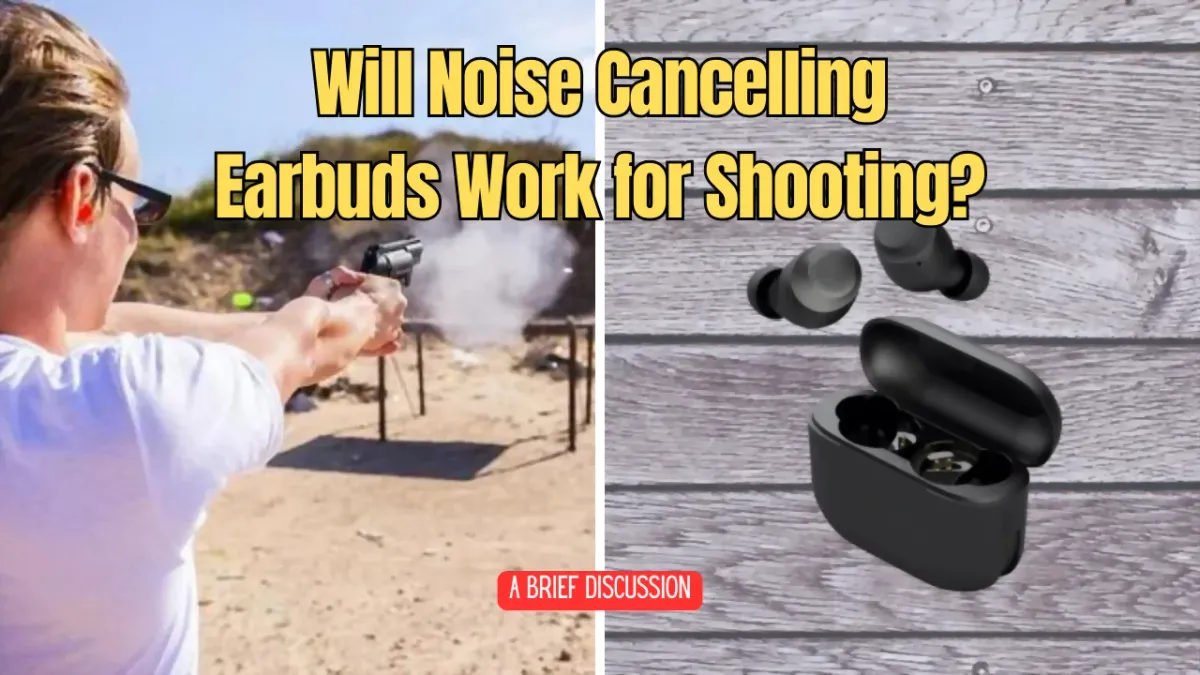Hearing protection is an essential consideration for anyone exposed to high levels of noise, whether on the job, at a concert, or even while sleeping in a noisy environment. Ear plugs are a popular choice for their convenience and effectiveness, but with so many options on the market, it's important to understand the Noise Reduction Rating (NRR) to make an informed decision. In this article, we'll explore what the highest NRR for ear plugs is and how you can ensure you're getting the best protection for your ears.
Key Takeaways:
- Understanding the Noise Reduction Rating (NRR) is crucial for selecting the most effective ear plugs.
- The highest NRR currently available for ear plugs is 33 decibels.
- Proper fit and usage are essential to maximize the effectiveness of high-NRR ear plugs.

The Essence of NRR: A Brief Overview
The Noise Reduction Rating (NRR) is a standard measurement used in the United States to indicate the level of sound reduction provided by hearing protection devices. It is expressed in decibels (dB), the unit used to measure the intensity of sound. The higher the NRR number, the greater the potential for noise reduction. When selecting ear plugs, the NRR is a critical factor to consider, as it directly impacts the level of protection you can expect.

The Pinnacle of Ear Plug NRR
When it comes to the highest NRR for ear plugs, the current maximum is 33 decibels. This rating is found in several brands and models and represents the upper echelon of noise reduction available in ear plug form. It's important to note that while a higher NRR offers more protection, the actual effectiveness can vary based on how the ear plugs are worn and the environment in which they are used.
Achieving the Best Fit
To maximize the NRR of ear plugs, achieving the best fit is crucial. This often involves rolling the ear plug into a tight, crease-free cylinder before inserting it into the ear canal. Once inserted, the ear plug should expand to fill the space, creating a seal that blocks out noise. It's important to follow the manufacturer's instructions for insertion to ensure you're getting the full benefit of the ear plugs' NRR.
The Role of Proper Usage
Proper usage is just as important as fit when it comes to maximizing the NRR of ear plugs. This includes not only inserting them correctly but also ensuring they are clean and undamaged. Reusable ear plugs should be regularly inspected for wear and tear, and disposable ones should be replaced as recommended by the manufacturer. Compromised ear plugs can significantly reduce the level of protection provided.
The Impact of Environment on NRR
The environment in which ear plugs are used can also affect their NRR. For example, ear plugs with an NRR of 33 may not provide the same level of protection in an environment with low-frequency noise as they would in an environment with high-frequency noise. It's essential to consider the specific characteristics of the noise you're exposed to when selecting ear plugs with the highest NRR.
Complementary Protective Measures
While ear plugs with the highest NRR can provide significant protection, they are often used in conjunction with other protective measures, such as earmuffs, in extremely noisy environments. This combination can offer an added layer of protection, particularly in situations where noise levels exceed the maximum NRR of ear plugs alone.
The Importance of Regular Testing
Regular testing of ear plugs is important to ensure they continue to provide the expected level of protection. This can involve both personal checks for fit and seal as well as professional assessments in some workplaces. Regular testing helps identify any issues with the ear plugs that could reduce their effectiveness.

Summary
The highest NRR for ear plugs is 33 decibels, offering substantial protection against harmful noise levels. However, achieving the full potential of this rating depends on proper fit, usage, and consideration of the environment. Regular testing and maintenance, as well as the use of complementary protective measures, can enhance the effectiveness of high-NRR ear plugs. By understanding these factors, you can ensure that you're selecting and using ear plugs that provide the best possible protection for your hearing.

FAQs
What does NRR stand for?
NRR stands for Noise Reduction Rating, which is a measure of how much noise can be reduced by a hearing protection device.
Can I achieve more noise reduction by wearing ear plugs with the highest NRR?
Yes, ear plugs with the highest NRR can provide more noise reduction, but the actual level of protection also depends on proper fit, usage, and the noise environment.
Is it necessary to use ear plugs with the highest NRR in all noisy environments?
Not necessarily. The required NRR depends on the specific noise levels and frequencies you are exposed to. It's important to select ear plugs with an NRR appropriate for your environment.
Related articles:











